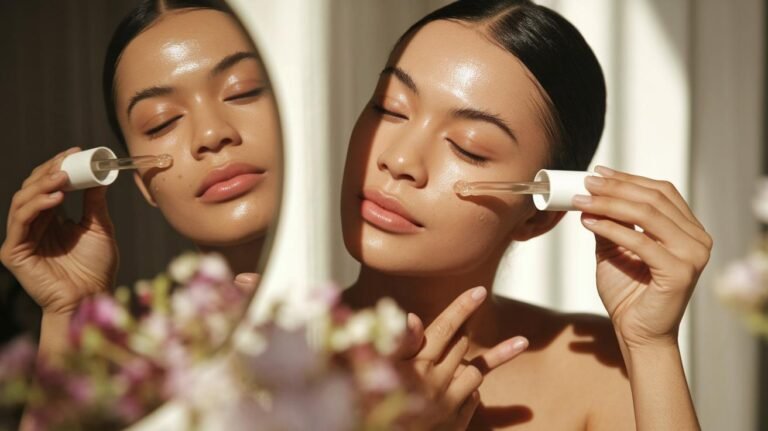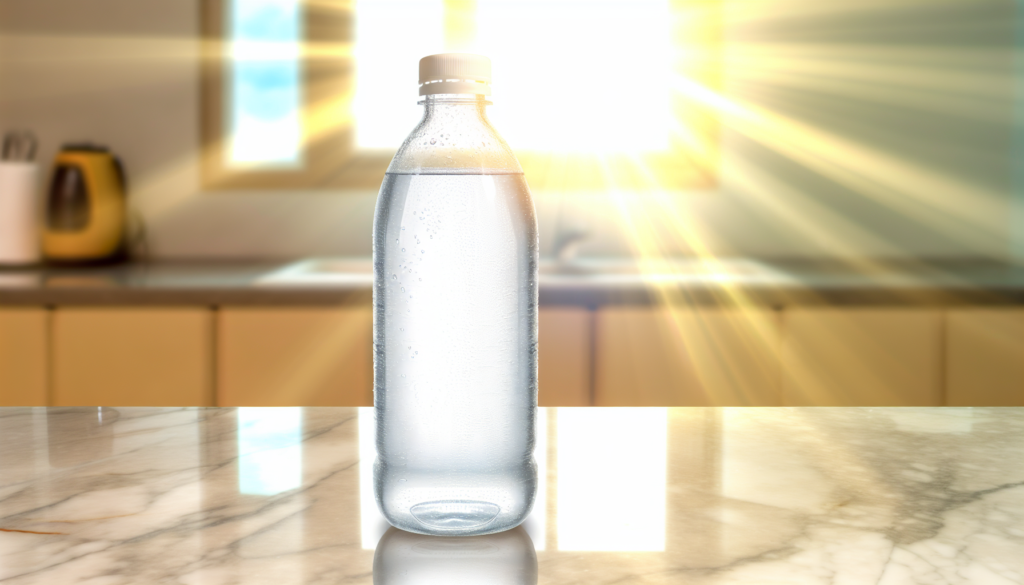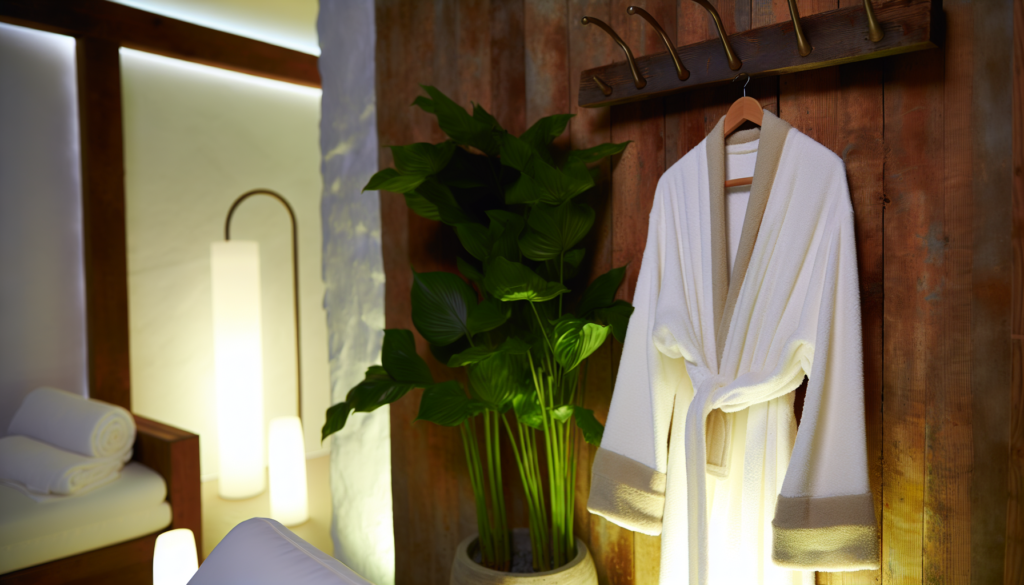If you’ve struggled with oily skin, you know the constant battle – the midday shine, enlarged pores, and the frustration of makeup sliding off before lunchtime. But what if I told you there’s a method that could transform your skin care routine and give your complexion exactly what it needs, when it needs it? Skin cycling for oily skin is revolutionizing how we treat excess sebum by strategically rotating products to maximize benefits while minimizing irritation. Think of it as interval training for your face – some days you go hard with actives, other days you recover. Let’s break down this game-changing approach that’s taking the beauty world by storm.
What Is Skin Cycling and Why It Works for Oily Skin
Skin cycling is a methodical approach to skin care that involves rotating specific treatments on different nights, followed by recovery periods. Created by dermatologist Dr. Whitney Bowe, this technique prevents over-exfoliation while maximizing the effectiveness of your active ingredients.
For those of us blessed (or cursed) with oily skin, traditional advice has often been “attack with everything you’ve got” – harsh cleansers, daily exfoliants, and oil-free everything. But guess what? That aggressive approach can actually trigger your skin to produce MORE oil as a defensive response.
Skin cycling works differently. By alternating between active treatments and recovery phases, it helps regulate oil production while addressing other concerns like acne, enlarged pores, and uneven texture. Your skin gets powerful ingredients when it can best use them, then time to repair and strengthen its barrier.
The 5-Step Skin Cycling Routine for Oily Skin
Let’s get into the nitty-gritty of how to implement skin cycling specifically for oily skin types. Unlike the standard 4-night cycle recommended for normal skin, oily skin often benefits from a modified 5-night approach.
Step 1: Exfoliation Night
This is where the magic begins. On exfoliation night, you’ll thoroughly cleanse your skin with a gentle foaming cleanser that removes excess oil without stripping your skin.
After cleansing:
BHAs are particularly effective for oily skin because they’re oil-soluble, meaning they can cut through the sebum to work deep within pores. You might feel a slight tingle – that’s normal! But if you experience burning or significant redness, wash it off immediately.
Step 2: Retinoid Night
Night two is dedicated to retinoids, the gold standard for treating everything from acne to premature aging. For oily skin, retinoids are particularly beneficial as they help normalize cell turnover and regulate oil production over time.
The process:
Many people with oily skin skip moisturizer after retinoids, thinking it will make them greasier. Don’t fall into this trap! Properly hydrated skin actually produces less compensatory oil. Look for gel-based or “oil-free” formulations designed for oily complexions.
Step 3: First Recovery Night
Your skin has been working hard processing those active ingredients. Night three is all about recovery and barrier repair.
Recovery night routine:
This night is perfect for incorporating niacinamide, which is exceptional for oily skin. It helps regulate sebum production, minimize the appearance of pores, and strengthen your skin barrier without adding heaviness.
Step 4: Clay Mask Night (Oily Skin Special)
Here’s where our routine differs from standard skin cycling. For very oily skin, adding a dedicated clay mask night can work wonders for absorbing excess sebum and detoxifying pores.
Clay mask protocol:
The key here is not overdoing it. A good clay mask should absorb excess oil without leaving your skin feeling tight or stripped. You want balanced skin, not bone-dry!
Step 5: Second Recovery Night
Complete your cycle with another gentle recovery night similar to Step 3. This gives your skin an extra chance to repair and strengthen before you begin the cycle again.
Focus on:
By the end of this night, your skin should feel balanced, comfortable, and ready to begin the cycle again.
Morning Routine During Skin Cycling
While skin cycling focuses primarily on your nighttime routine, your morning regimen remains consistent throughout:
Sunscreen is non-negotiable, especially when using exfoliants and retinoids that can increase sun sensitivity. Look for mattifying formulas specifically designed for oily complexions.
Common Mistakes to Avoid
Even with the best intentions, there are some pitfalls that can sabotage your skin cycling routine:
Remember that consistency is key. Stick with the routine for at least 4-6 weeks before evaluating its effectiveness. Your skin’s oil production patterns took years to develop; they won’t change overnight.
When to Adjust Your Skin Cycling Routine
Pay attention to how your skin responds. If you notice persistent dryness, reduce your active ingredients’ frequency or strength. If you’re still experiencing excessive oiliness, you might consider adding an extra exfoliation night (but never back-to-back with retinoid night).
Climate changes, hormonal fluctuations, and stress can all impact your skin’s needs. The beauty of skin cycling is its flexibility – you can adapt it as needed while maintaining the core principle of balancing actives with recovery.
Taking a strategic approach to caring for oily skin through skin cycling in 5 steps gives your complexion exactly what it needs without overwhelming it. By respecting your skin’s natural processes and providing both treatment and recovery phases, you’ll likely find your oil production becoming more balanced over time. The days of blotting every hour and dealing with constant breakouts can become a thing of the past. Remember that skin care is deeply personal – what works for others may need tweaking for your unique complexion. Trust the process, be patient, and enjoy watching your skin transform one cycle at a time.







